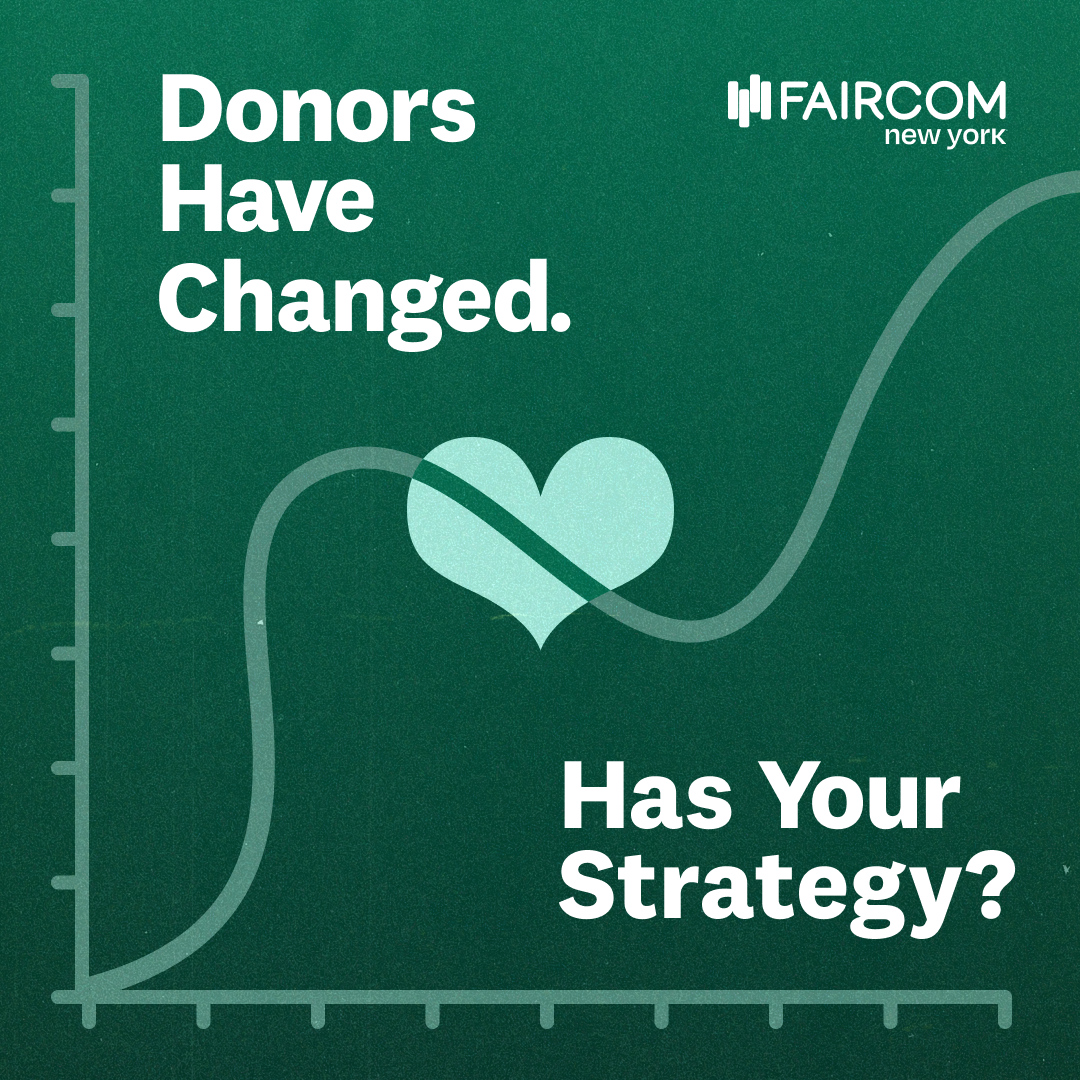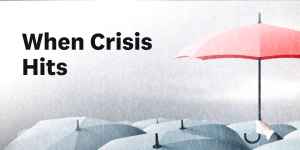Part 2 of Power, Priorities, and Philanthropy
In Part 1 of this series, we traced how giving shifted from broad-based participation to concentrated, institutional power. Policy shifts like the One Big Beautiful Bill Act (OBBBA) may help re-open the door—but it’s up to nonprofits to walk through it.
In 2024, we saw a “Goldilocks moment” for giving—but donor participation still declined. Early 2025 shows the same trend: fewer donors, even as total dollars hold steady.
This calls for more than gratitude. It calls for evolution. The giving landscape is shifting in fundamental ways, and those who adapt first will be best positioned to build lasting, trust-based relationships with the next generation of donors.
The Donor Convergence: A New Era of Expectations
Across the philanthropic landscape, something fundamental is changing: Donors of all types are converging around a new set of expectations. Whether giving as individuals or through institutions, today’s donors expect more than gratitude—they want strategic alignment, measurable results, and human connection.
This is a structural shift in how philanthropy operates, where once-clear lines between institutional and individual giving are dissolving.
- Sophisticated individuals are behaving like institutions — using donor-advised funds, requesting impact metrics, and aligning their giving with long-term strategic goals.
- Foundations, in turn, are acting more like responsive individuals — moving faster in times of crisis, prioritizing community-centered values, and embracing human narratives alongside logic models.
- Hybrid giving vehicles like DAFs, LLCs, and giving circles are accelerating this convergence — creating donors who embody both sides of the spectrum.
In numbers: In 1984, individual giving outweighed foundation giving at a ratio of 14.3:1. By 2024, that ratio had shrunk to just 3.6:1. What was once overwhelmingly individual-led has shifted dramatically toward institutional and institution-like behavior.
This convergence moves beyond theory to reshape how fundraisers need to operate. Donors are no longer satisfied with either empathy or efficiency. They want both:
- The personal connection of traditional relationship fundraising
- The clarity and rigor of strategic, data-informed giving
In short, the hybrid donor is here—and they’re setting a new standard.
To meet that standard, nonprofit teams must evolve. We need to become bilingual — capable of weaving together the emotional, relational work of fundraising with the strategic, analytical mindset that today’s donors increasingly demand.
Strategic Implications for Fundraisers
The hybrid donor expects more in terms of content, visibility, and the overall experience of giving. To meet this expectation, fundraisers must go beyond one-off campaigns or siloed tactics. They need strategic, structural alignment that supports both empathy and efficiency at every stage of the donor journey.
Omnichannel, But Donor-Centric
Hybrid donors don’t think in terms of departments—they expect continuity across touchpoints.
- Move beyond channel coordination to create unified donor journeys. For example, ensure that what a donor experiences in mail or email matches their engagement on social, SMS, mail, and live events.
- Use omnichannel tools to reflect relationship moments, not just marketing flows. A DAF report might prompt a personalized text follow-up, not just a renewal ask.
- Invest in platforms that enable seamless cross-channel coordination and capture donor behavior in real time.
“Bilingual” Development Teams
Today’s teams need to blend the relationship skills of traditional major gifts with the strategic precision of digital and institutional fundraising.
- Cross-train fundraisers to interpret performance metrics, while empowering data-driven teams to value the soft power of relationships.
- Use shared KPIs across departments to align teams around donor outcomes, not channel silos.
- Consider new roles like donor experience strategists or cross-functional pods that co-own strategy for key segments.
Mid-Level as a Strategic Center of Gravity
Mid-level donors are no longer just “on their way up.” They’re a key proving ground for hybrid expectations—and a laboratory for learning that can scale up or down.
- Use segmentation by motivation and identity—not just dollar thresholds—to better reflect how mid-level donors self-identify.
- Integrate soft touch cultivation (e.g., short surveys, curated impact content, ambassador invites) to deepen engagement.
- Rethink mid-level not as a pipeline filler—but as a core constituency with distinct needs, values, and potential.
Internal Capacity for Adaptive Engagement
This is the backbone of hybrid donor strategy—making the invisible infrastructure strong enough to deliver at scale and with empathy.
- Build systems that allow real-time responsiveness to donor cues—not just crises.
- Align your CRM, reporting, and campaign operations to allow personalization at scale without sacrificing speed.
- Use automation not as a replacement for human connection, but as a way to scale thoughtfulness—e.g., automated birthday touchpoints that trigger personal follow-up for long-term donors.
Many organizations miss this piece because it’s not flashy—but it’s essential. Hybrid expectations demand hybrid-ready operations.
Donor Experience as Strategy
This is where all the pieces come together—by treating the donor experience itself as a measurable, improvable strategic output.
- Create donor journey maps that are co-designed with donors through interviews, surveys, or feedback loops.
- Test and optimize moments of delight—first thank-you, first impact report, milestone anniversaries.
- Shift team success metrics from just dollars raised to engagement sustained and relationships deepened.
From Insight to Action
2024 gave us clues, not guarantees. And early 2025 reporting suggests that generosity can hold—even as participation continues to decline.
If Part 1 of this series showed us how policy can open the door to a re-democratized philanthropic future, this installment reminds us that nonprofits must be ready to walk through it.
Donors are changing. Their expectations are changing. Our sector must change with them.
The nonprofits that thrive will be those who meet donors where they already are—combining trust with transparency, human connection with digital precision. Success will be measured not only in dollars raised, but in participation earned, legitimacy built, and relationships sustained.
Up Next: In Part 3, we’ll tackle the paradox of religious giving—how faith-based philanthropy is declining in sector data but may still shape donor motivation in invisible ways. What do we really know about the role of faith in giving today—and what are we getting wrong?



